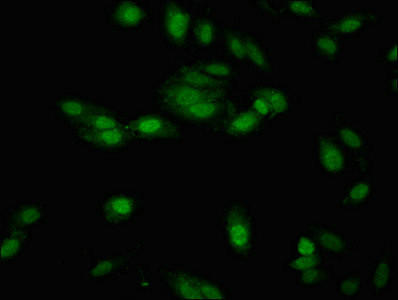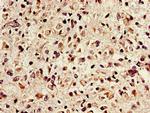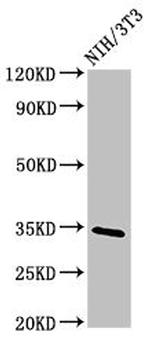Search Thermo Fisher Scientific
产品信息
PA5-112631
种属反应
宿主/亚型
分类
类型
抗原
偶联物
形式
浓度
纯化类型
保存液
内含物
保存条件
运输条件
RRID
靶标信息
Oxygen radicals damage chromosonal DNA causing cell death and inducing mutations. Although a major focus of oxidatively damaged DNA has centered on the repair of 8-oxo-G, a number of other damaged DNA sites are created by free-radical attack on DNA. The human NTH1 repair protein is one enzyme that has been shown to act on a large number of these other oxidatively damaged DNA sites.A homologue of E. coli Endonuclease III, NTH is a DNA glycosylase with apurinic/apyrimidinic lyase activity. The NTH protein has broad substrate specificity, including numerous ring saturation and fragmentation products of pyrimidines. Research indicates NTH plays a crucial role in removal of oxidative base lesions in mitochondrial DNA.
仅用于科研。不用于诊断过程。未经明确授权不得转售。
篇参考文献 (0)
生物信息学
蛋白别名: bifunctional DNA N-glycoslyase/DNA-(apurinic or apyrimidinic site) lyase; Bifunctional DNA N-glycosylase/DNA-(apurinic or apyrimidinic site) lyase; DNA glycoslyase/AP lyase; DNA glycosylase/AP lyase; Endonuclease III-like protein 1; hNTH1; nth endonuclease III-like 1; NTHL 1; OCTS 3; thymine glycol DNA glycosylase/AP lyase
基因别名: FAP3; hNTH1; NTH1; NTHL1; OCTS3
UniProt ID: (Human) P78549, (Mouse) O35980
Entrez Gene ID: (Human) 4913, (Mouse) 18207






